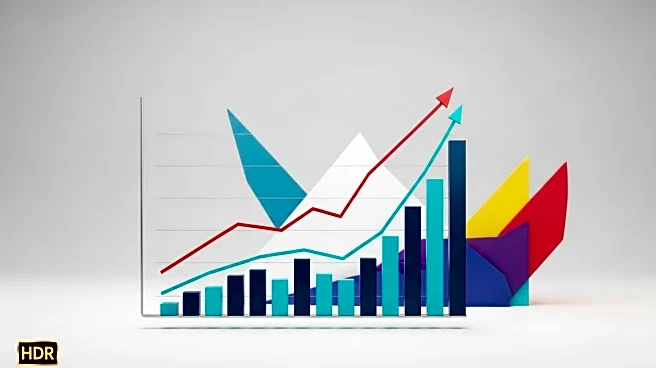Rapid Read • 6 min read
Beef prices have reached record highs due to a combination of geopolitical developments, supply pressures, and strong consumer demand. The Food and Agriculture Organization's meat price index hit an all-time high in July, driven by global bovine meat prices. U.S. beef prices have surged, with 100% ground chuck averaging $6.34 per lb, up 16% from July 2024. Factors contributing to the price increase include tariffs on Brazilian beef and halted cattle imports from Mexico, along with domestic supply pressures from drought and processing plant slowdowns.
AD
The rise in beef prices affects consumers, producers, and the food industry, impacting affordability and supply chain dynamics. Tariffs and import restrictions have disrupted supply, while domestic challenges like drought have reduced cattle herds. The situation highlights the interconnectedness of global trade policies and domestic agricultural conditions, influencing market stability and consumer prices. Understanding these factors is crucial for stakeholders in the food and agribusiness sectors.
Industry analysts expect beef prices to remain high due to ongoing supply challenges and strong consumer demand. Efforts to rebuild cattle herds and address import restrictions will be critical in stabilizing prices. Stakeholders, including producers and policymakers, will need to navigate these challenges to ensure market stability and affordability for consumers.
AD
More Stories You Might Enjoy










